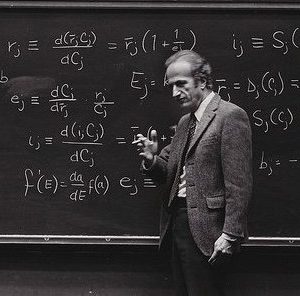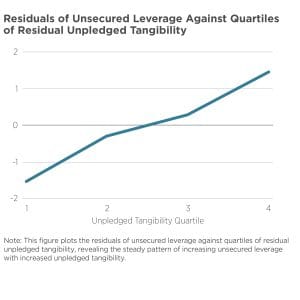
How much do unemployment benefits extend the time people remain unemployed? While many studies examine this question, some issues—like how the impact changes with the level of benefits—require combining insights from multiple studies. Additionally, conclusions about average effects may be misleading if published research doesn’t reflect the range of actual results.
To address these challenges, the authors of this research apply meta-analysis techniques to findings from 57 prior studies. They systematically review microeconomic research estimating the causal effects of unemployment insurance—specifically, the potential benefit duration and the replacement rate: The percentage of a worker’s previous earnings that is covered by unemployment benefits during a period of joblessness. —on how long individuals remain unemployed. They find the following:
- The authors reveal a notable publication bias, where statistically significant: A result in data analysis or hypothesis testing that is unlikely to have occurred due to random chance, based on a predetermined significance level (e.g., 5%). A statistically significant finding provides evidence to reject the null hypothesis, suggesting that the observed effect is real and not merely a result of random variation in the data. findings are eight times more likely to be published. This bias results in an overestimation of the impact of unemployment benefits on unemployment duration, as studies with insignificant results are less likely to be included in the body of evidence. By accounting for this bias, the authors find that the average estimated effect of benefit levels on unemployment duration is reduced by between one third and one half. Correcting for this bias helps ensure that the findings reflect a more accurate and balanced understanding of the relationship, avoiding misleading conclusions based on incomplete data.
- Meta-analysis improves traditional economic models for determining optimal unemployment benefits by correcting biases and forecasting the impacts of significant policy changes. Using these advancements, the authors estimate an optimal replacement rate of 28%, balancing the costs and benefits of unemployment insurance.
- There is no difference between the effect of increasing benefits for a single worker (the micro effect) and for all workers (the macro effect) in traditional economic models, suggesting that general equilibrium effects: The broad economic impacts that arise when changes in one market or policy influence other interconnected markets and agents in the economy. either have minimal impact or offset each other.

This review confirms that expansions in unemployment insurance benefits increase unemployment duration but reveals that previous studies likely overestimated this effect due to publication bias. Adjusting for this bias indicates that the true impact is significantly smaller, offering more accurate insights for policymakers. These findings underscore the value of meta-analytical approaches in refining policy recommendations and evaluating the broader economic impacts of unemployment benefits.











